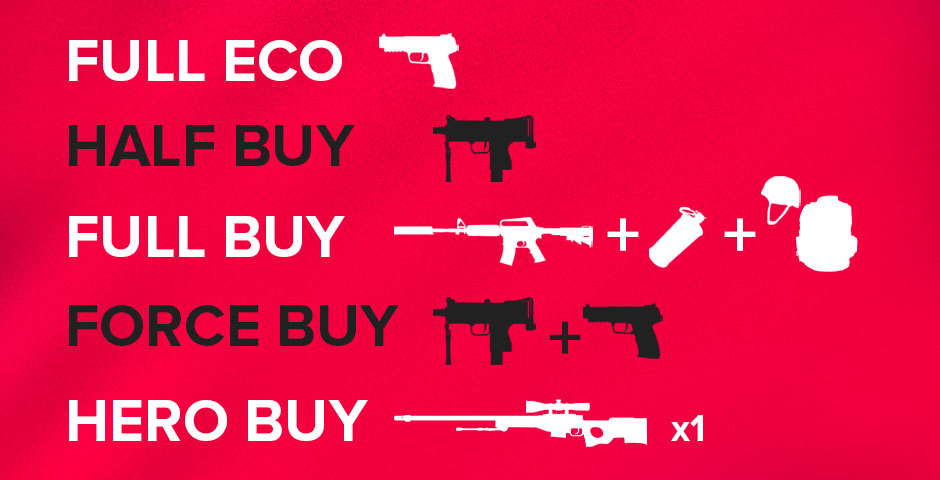Capturing Moments
Your go-to blog for photography tips and inspiration.
Force Buy Frenzy: Turning the Tide in CS2 Rounds
Discover the secrets behind Force Buy Frenzy in CS2! Learn tactics to flip any round in your favor and dominate the competition today!
Understanding Force Buys: When and How to Implement in CS2
In the competitive realm of CS2, understanding the concept of Force Buys can be the key to turning the tide of a match. A Force Buy typically occurs when your team is low on funds but needs to make a financial gamble to potentially win a round. This strategy is often employed when your team has lost several consecutive rounds and needs to disrupt the enemy's momentum. Implementing a Force Buy requires precise timing and an understanding of your team's dynamics, including player roles, weapon preferences, and positioning on the map.
To effectively implement Force Buys in CS2, players should follow a few critical steps. First, assess the economic situation of both your team and the enemy:
- Are you at a point where a win is crucial for your overall strategy?
- Does your enemy possess a strong economic advantage?
- What weapons or utilities can you afford that maximize your chances of winning the round?

Counter-Strike is a popular tactical first-person shooter game that pits teams of terrorists against counter-terrorists. It has evolved over the years, with the latest installment known as CS2. For those looking to test their skills and strategies in this thrilling environment, CS2 Guess offers a platform to engage with the game in new and exciting ways.
The Strategic Advantages of Force Buying in CS2 Rounds
Force buying in CS2 rounds is a tactical maneuver that can provide several strategic advantages for a team, especially in critical match situations. By opting for this approach, teams can retain a level of aggression that puts pressure on their opponents, potentially disrupting their economy and game plan. When a team decides to execute a force buy, they often catch their rivals off guard, allowing for surprising plays that can control the momentum of the match. For instance, if a team loses a round and decides to force-buy pistols and armor, it can lead to unexpected victories, giving them both a psychological and economic edge in future rounds.
Additionally, a well-timed force buy can create inconsistencies in the opposing team's economy. If executed properly, it can lead to a rapid spiral effect that can cripple the opponents' ability to purchase full equipment in subsequent rounds. This strategy not only provides short-term results but also contributes to long-term strategic planning, as it forces the opposition to consider their economic decisions more carefully. Implementing force buying in a calculated manner can turn the tide of the game and establish a dominant presence in the match, illustrating its importance in achieving victory.
Is Force Buying Worth the Risk in CS2? A Closer Look
In the competitive landscape of CS2, players often find themselves grappling with the concept of force buying. This strategy involves purchasing weapons and equipment during a round when teams are low on funds, potentially risking their economic stability for a chance to secure an early advantage. While force buying can lead to a surprise victory, it's crucial to weigh its risks against the potential rewards. A poorly timed force buy can lead to a significant disadvantage in later rounds due to a lack of resources, making it essential to evaluate the team's overall strategy and situational awareness.
Ultimately, the decision of whether force buying is worth the risk in CS2 hinges on several factors.
- Team Coordination: A well-coordinated team may make better use of a force buy than a disjointed one.
- Game Progression: Understanding when opponents are likely to be vulnerable is key to maximizing the effectiveness of a force buy.
- Map Control: Capitalizing on strategic positions can turn the tide of a round, making an otherwise risky buy more acceptable.